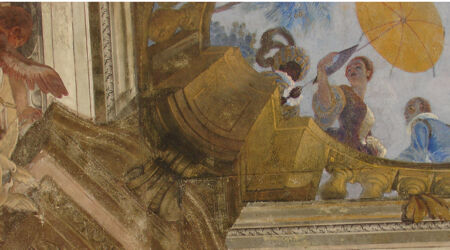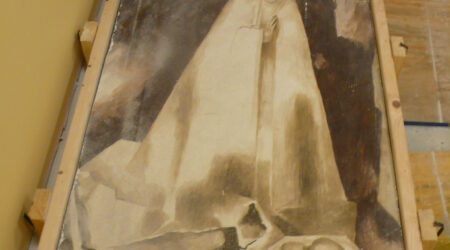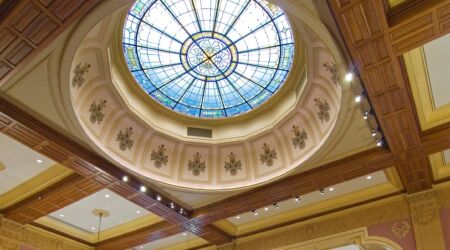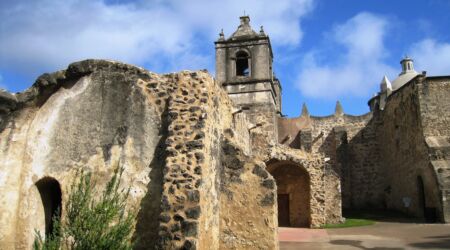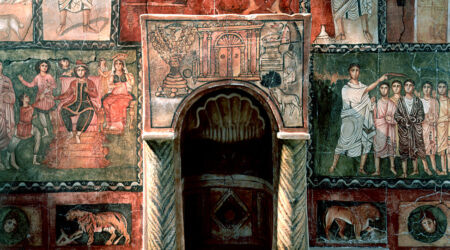Fresco (Italian: “fresh”) is one of the most enduring and cherished techniques in the history of art, representing a direct connection between artists and architecture. This traditional method of painting directly onto walls or ceilings has been celebrated for centuries, capturing the imagination and devotion of countless artists across generations.
The term “fresco” itself refers to the technique of applying water-based pigments onto a freshly laid, thin layer of lime plaster. This method, known as Buon Fresco, is revered for its durability and the seamless integration of color into the architecture. As the plaster dries, a chemical process occurs where the pigments are absorbed into the wall, creating a lasting bond. The resulting artwork becomes a permanent part of the structure, with the colors acquiring a unique vibrancy and depth that can only be achieved through this labor-intensive process.
In contrast, Secco Fresco is an alternative technique where artists paint on dry plaster. While this method offers greater flexibility in terms of color application and detail, it is less durable than Buon Fresco, as the pigments sit on the surface of the plaster rather than becoming an integral part of it. Over time, Secco frescoes are more prone to damage from environmental factors, necessitating more frequent restoration efforts.
Restoring a fresco is a delicate process that requires a deep understanding of both art and science. Frescoes, particularly those created using the Buon Fresco technique, are incredibly resilient but are not immune to damage. Environmental factors such as humidity, temperature fluctuations, pollution, and even the building’s structural changes can cause frescoes to deteriorate. Cracks in the plaster, fading colors, and flaking paint are common issues that can arise over centuries.
To address these challenges, our team of restoration and conservation specialists collaborates closely with plaster craftsmen and mural artists. The first step in the restoration process involves a thorough assessment of the fresco’s condition. This includes analyzing the original materials used, identifying areas of damage, and understanding the causes of deterioration. Advanced technologies, such as specialty imaging and chemical analysis, allow us to uncover details that may not be visible to the naked eye, ensuring that our restoration efforts are as accurate and respectful of the original work as possible.
In some cases, restoration might involve reattaching flaking plaster, filling in cracks, or even reapplying pigments in areas where the original colors have faded. Customized conservation treatments are developed based on the specific needs of each fresco, taking into account factors such as the building’s environment, the age of the fresco, and the original materials used. By blending traditional craftsmanship with cutting-edge conservation science, we are able to preserve masterpieces in a way that honors their historical significance while ensuring their continued longevity.

